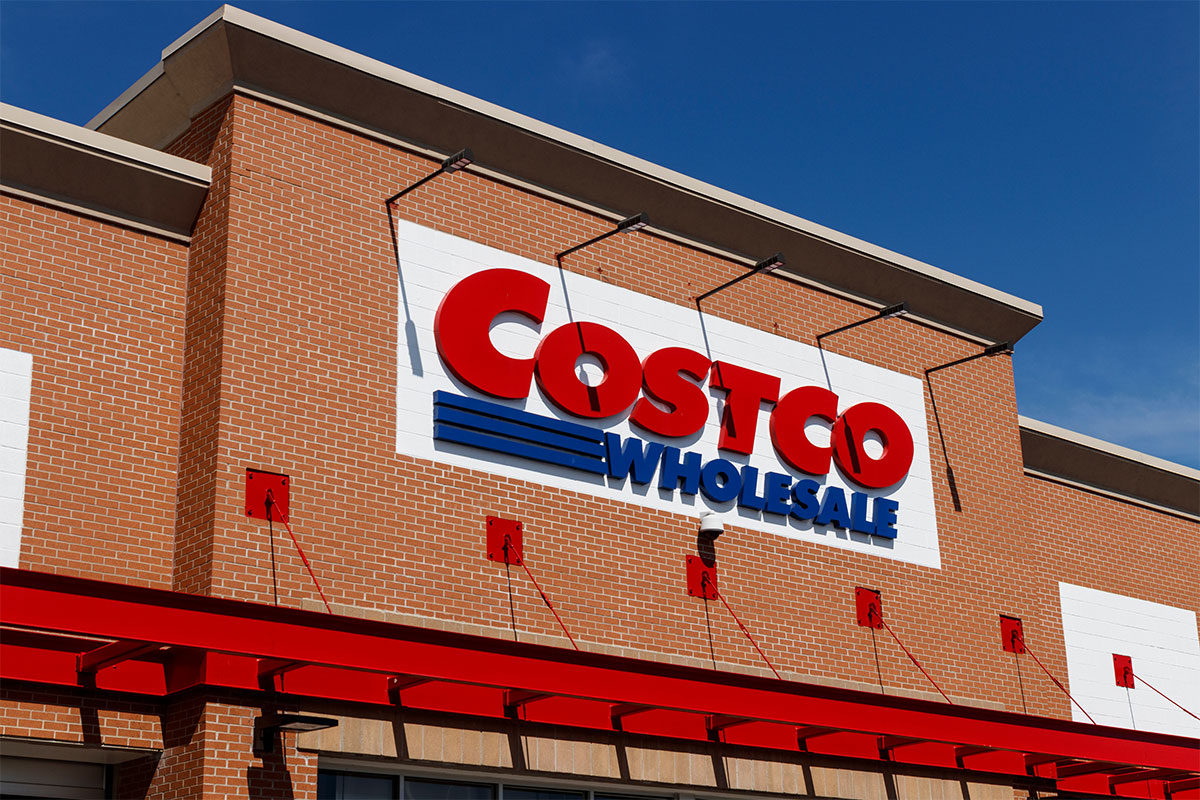How Costco Utilizes Demographic Customer Statistics to Optimize Warehouse Inventory
I was on Facebook today scrolling away (wasting precious time) when I came upon an article by Business Insider. The title read: Meet the typical Costco shopper – a 39-year old Asian American woman earning more than $125,000 a year. Well, isn’t that the headline?
It was interesting to me because I am Asian and I have a Costco membership. Who doesn’t have a Costco membership nowadays? But what was more interesting was that I was today years old when I learned that Costco was founded where I live – the great Pacific Northwest! 🤯 Seriously mindblown.

Costco ranked as the third highest grossing retail giant in the US with a whopping $217.53 billion in annual revenue (2022). The company just won’t stop growing – but how?
The five key techniques that Costco utilizes to generate more revenue year after year
Well, it seems that they grow by following the numbers. What do I mean by that? It’s simple, they go with their statistics, utilize outside resources such as Numerator, compile the data and interpret what their research tells them. With the data they have, they apply excellent marketing techniques to automate their sales.
Costco understands their demographics
Demographic customer statistics includes information such as age, gender, income level, household size, and geographic location. This provides them valuable insights into the characteristics, preferences, and behaviors of their different customer segments. By analyzing these statistics, Costco gains a deeper understanding of its customers and can tailor its inventory accordingly.
Speaking of which, have you noticed how their Asian product selections have grown through the years? I wonder why? 🤔
Costco segments their user base
One of the key ways Costco uses demographic customer statistics is by segmenting its customer base. By dividing customers into different groups based on their demographics, Costco can identify patterns and trends that help inform inventory decisions. For example, if the data shows that a particular store has a higher concentration of families with young children, Costco can prioritize stocking items that cater to this demographic, such as baby products, snacks, and household essentials.
More so, here in the PNW, I have observed that there’s more Asian products coming in every time I pay a visit. Perhaps the reason is accurate segmentation. Well done, #Costco.
As I was saying, segmenting customers also allows Costco to personalize the shopping experience. By understanding the unique preferences of each segment, they can create targeted marketing campaigns and promotions that resonate with specific groups of customers. This not only improves customer satisfaction but also helps drive sales and increase customer loyalty.
Costco identifies emerging trends & demands
The demographic customer statistics that Costco collects play a crucial role in helping them identify emerging trends and anticipate customer demand. By analyzing the data, Costco can spot changes in consumer behavior and adjust its inventory accordingly. For example, if the statistics reveal a growing interest in organic and sustainable products among a particular demographic, Costco can stock more of these items to meet the increasing demand.
Additionally, by examining data from different geographic locations, Costco can determine which products are popular in specific regions and adjust its inventory accordingly. This ensures that each warehouse is stocked with the products that are most likely to sell well in that particular area.
Ah, the beauty of data.
Costco collaborates with different suppliers
Costco’s use of demographic customer statistics goes beyond just inventory management. The company also shares this data with its suppliers, fostering a collaborative relationship that benefits both parties. By providing suppliers with insights into customer preferences and demand, it enables them to develop products that align with the needs of its customer base. This collaboration helps ensure that Costco’s inventory remains relevant and appealing to its customers.
This clearly shows the importance of collaborating with others (a.k.a. other people in your industry as an online business). The symbiotic relationship will not only help you grow but thrive in competitive markets. So, whatever industry you are in, know that collaboration over competition sometimes is the key you might be missing to scale or grow your digital business.
Continuous adaptation & improvement
Lastly, Costco understands that customer preferences and demographics are constantly evolving. To stay ahead of the curve, the company regularly updates its demographic customer statistics and adjusts its inventory strategy accordingly. By continuously monitoring and analyzing data, Costco can adapt to changing trends and ensure that its warehouse inventory remains in line with customer demands.
This means that as a digital business owner (or any business owner), ongoing research is the law. Otherwise, you risk getting left behind.
The conclusion
In conclusion, data is a key factor in optimizing online business success. By segmenting customers, identifying trends and demand, collaborating with others, and continuously adapting, you will continue to meet the needs and preferences of your customer/client base. This data-driven approach not only enhances customer satisfaction but also contributes to the overall success of any online business.
The TL;DR
If you skimmed through and landed here, here’s your Too Long; Didn’t Read summary (and I’m judging): Costco uses statistics to drive their annual revenue higher each year. Up-to-date and evidence-based data is important when doing research. It will take your digital business to new heights.

